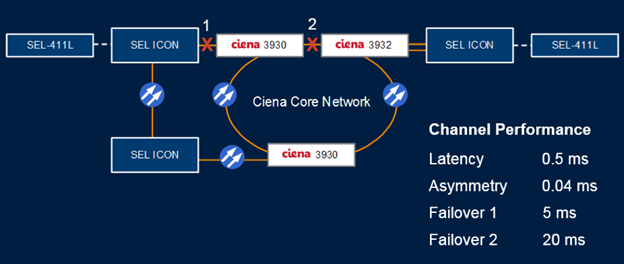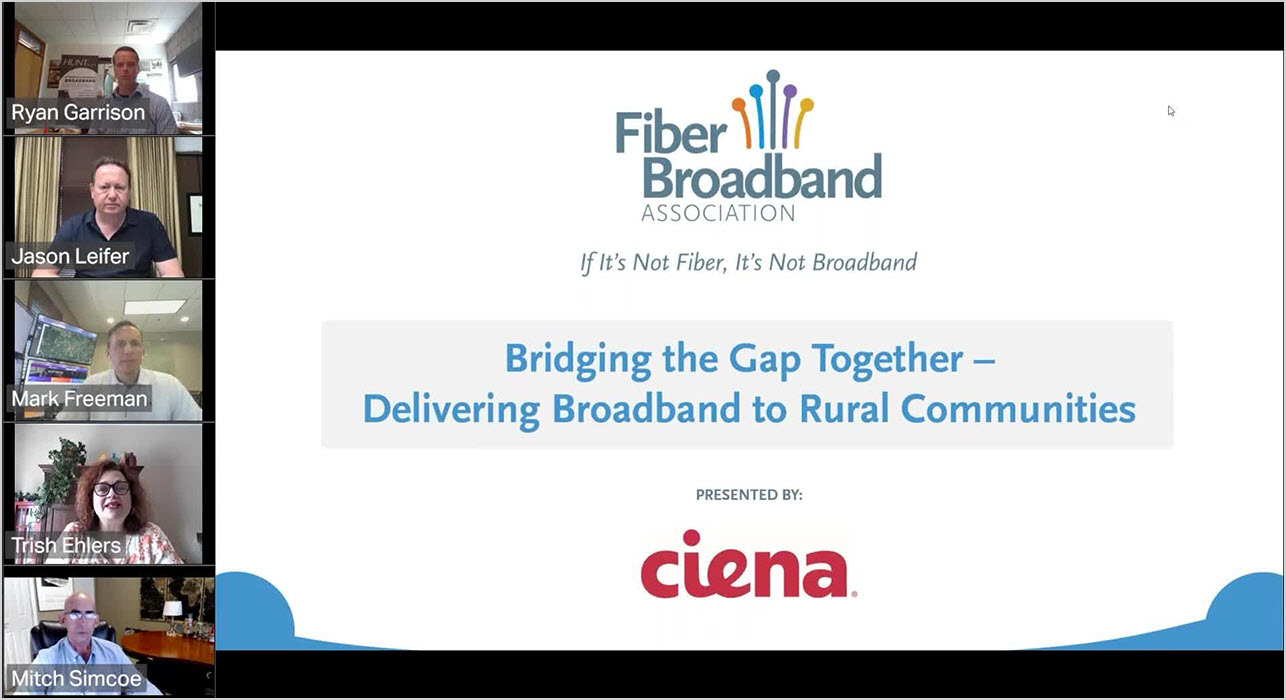Ciena And Schweitzer Engineering Labs Team Up On Ultra Low Latency Solution For Utilities
In 2003, the northeastern U.S. suffered the largest power blackout in the nation’s history. For two days, 50 million subscribers in eight states and parts of Ontario lost power, resulting in an estimated $6 billion in economic losses. The primary cause of the outage? An inability to recognize, assess, and understand the inadequacies and deterioration of parts of the power grid over wide areas, a story not unfamiliar to critical infrastructure management. From reputation damage and expensive penalties to direct financial losses into the billions of dollars, network reliability at the critical infrastructure level was (and still is) a top concern in the utilities industry.
In addition to causing system and equipment damage that is costly to repair, faults on the power system can result in disturbances to normal system operations. Serious disturbances can even result in the loss of system stability and large-scale blackouts. Fault clearing is therefore an integral component of power transmission and distribution system design, maintenance, and operations. The protection schemes designed to identify and clear faults address a variety of objectives across the network:
- Remove the faulty element from the rest of the system.
- Limit or prevent equipment damage.
- Prevent severe power swings or system instability.
- Minimize adverse effects on customer loads.
- Maintain power system transfer capability.
Schemes, Apps, and Convergence
One type of scheme that is commonly implemented in power utility substations is a communications-assisted protection scheme across the wide-area network (WAN). This type of scheme facilitates data sharing between protection devices and makes it possible to employ methods that improve the scheme’s dependability, selectivity, security, and speed. Reliable communications enable the implementation of differential comparison schemes, such as line current differential (87L) protection.
Wide-area networks (WANs) are used to carry the relay protection multiplexed channels in addition to other substation services (voice, teleprotection, telemetry, video, control and automation, email, and corporate local-area network (LAN)) and have become an integral and necessary part of modern power network protection systems.
Time-division multiplexing (TDM/SONET) has been widely adopted across the power utility industry as the preferred WAN transport technology because it provides low-latency, deterministic, and minimal-asymmetry performance. However, there is a clear trend within the industry to move toward using Ethernet and packet-based networking for all power utility applications and services, including protection. The motivation to move away from TDM-based systems, especially synchronous optical network-based (SONET) and synchronous digital hierarchy (SDH) systems, is driven by a desire to converge information technology (IT) and operational technology (OT) networks and standardize on a common set of interfaces to reduce capital and operating expenses. The migration to packet-based networking technologies such as Carrier Ethernet has created the challenge of engineering teleprotection services to provide the determinism and guaranteed performance required by protection applications.
The motivation to move away from TDM-based systems, especially synchronous optical network-based (SONET) and synchronous digital hierarchy (SDH) systems, is driven by a desire to converge information technology (IT) and operational technology (OT) networks and standardize on a common set of interfaces to reduce capital and operating expenses.
Avoiding another power outage like the one experienced in 2003 requires a solution with ultra low latency and failover performance If a power system fault occurs, communications-assisted protection schemes across the WAN operate to isolate the fault and prevent instability around the failure. A fault can occur in the order of milliseconds and if not detected and communicated with the lowest of latencies, equipment damage and larger portions of the power grid could be effected.
![]()
To address these challenges, Ciena has partnered with a best in class solution for the power substation delivered by Schweitzer Engineering Labs.
The SEL Integrated Communications Optical Network (ICON) deterministic packet transport solution provides the innovative approach of delivering mission-critical traffic with low and deterministic latency over a Ciena Carrier Ethernet transport network. The concept is to preserve the performance characteristics of TDM, which are presently available in the ICON synchronous optical network (SONET) platform, with no performance degradation when transported over Carrier Ethernet as a WAN transport protocol.
Want to learn more? Watch this on-demand webinar to learn how Ciena and SEL are partnering to provide an end-to-end solution for utility networks, and how SEL and Ciena Carrier Ethernet technology interoperate to provide deterministic performance (guaranteed latency) for critical traffic over Carrier Ethernet-based Wide Area Networks (WANs) including the ability of the solution to support a line current differential protection channel across a Carrier Ethernet topology.








